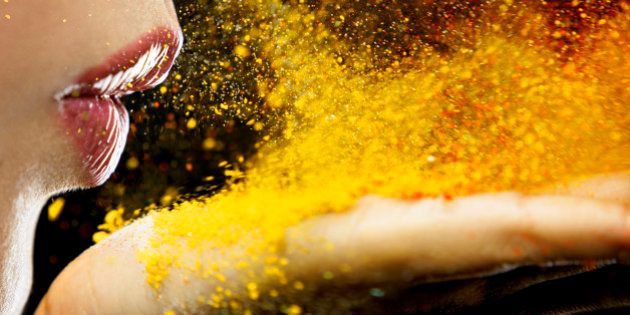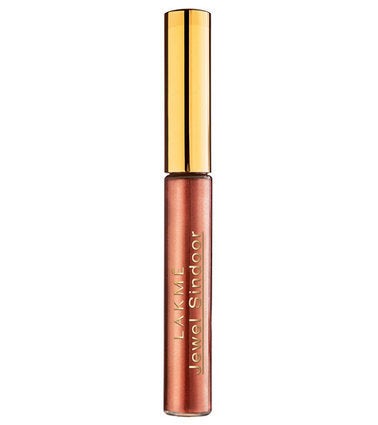
GENEVA: Scientists in Switzerland have developed a 20 carat gold nugget that is thousand times lighter than conventional forms of the precious metal and can float on milk foam.
Researchers led by Raffaele Mezzenga, Professor of Food and Soft Materials at ETH Zurich, produced the new kind of foam out of gold, a three-dimensional mesh that consists mostly of pores.
It is the lightest gold nugget ever created, researchers said.
"The so-called aerogel is a thousand times lighter than conventional gold alloys. It is lighter than water and almost as light as air," said Mezzenga.
The new gold form can hardly be differentiated from conventional gold with the naked eye - the aerogel even has a metallic shine, researchers said.
But in contrast to its conventional form, it is soft and malleable by hand. It consists of 98 parts air and only two parts of solid material, they said.
Of this solid material, more than four-fifth is gold and less than one-fifth is milk protein fibrils. This corresponds to around 20 carat gold.
The scientists created the porous material by first heating milk proteins to produce nanometre-fine protein fibres, so-called amyloid fibrils, which they then placed in a solution of gold salt.
The protein fibres interlaced themselves into a basic structure along which the gold simultaneously crystallised into small particles. This resulted in a gel-like gold fibre network.
"One of the big challenges was how to dry this fine network without destroying it," said Gustav Nystrom, first author of the study published in the journal Advanced Materials.
As air drying could damage the fine gold structure, the scientists opted for a gentle and laborious drying process using carbon dioxide.
The method's biggest advantage is that it makes it easy to obtain a homogeneous gold aerogel, perfectly mimicking gold alloys.
"The optical properties of gold depend strongly on the size and shape of the gold particles," said Nystrom.
"Therefore we can even change the colour of the material. When we change the reaction conditions in order that the gold doesn't crystallise into micro particles but rather smaller nano particles, it results in a dark-red gold," he said.
By this means, the scientists can influence not only the colour, but also other optical properties such as absorption and reflection.
The substance's properties, including its lighter weight, smaller material requirement and porous structure, have their advantages.



Contact HuffPost India
Also See On HuffPost
